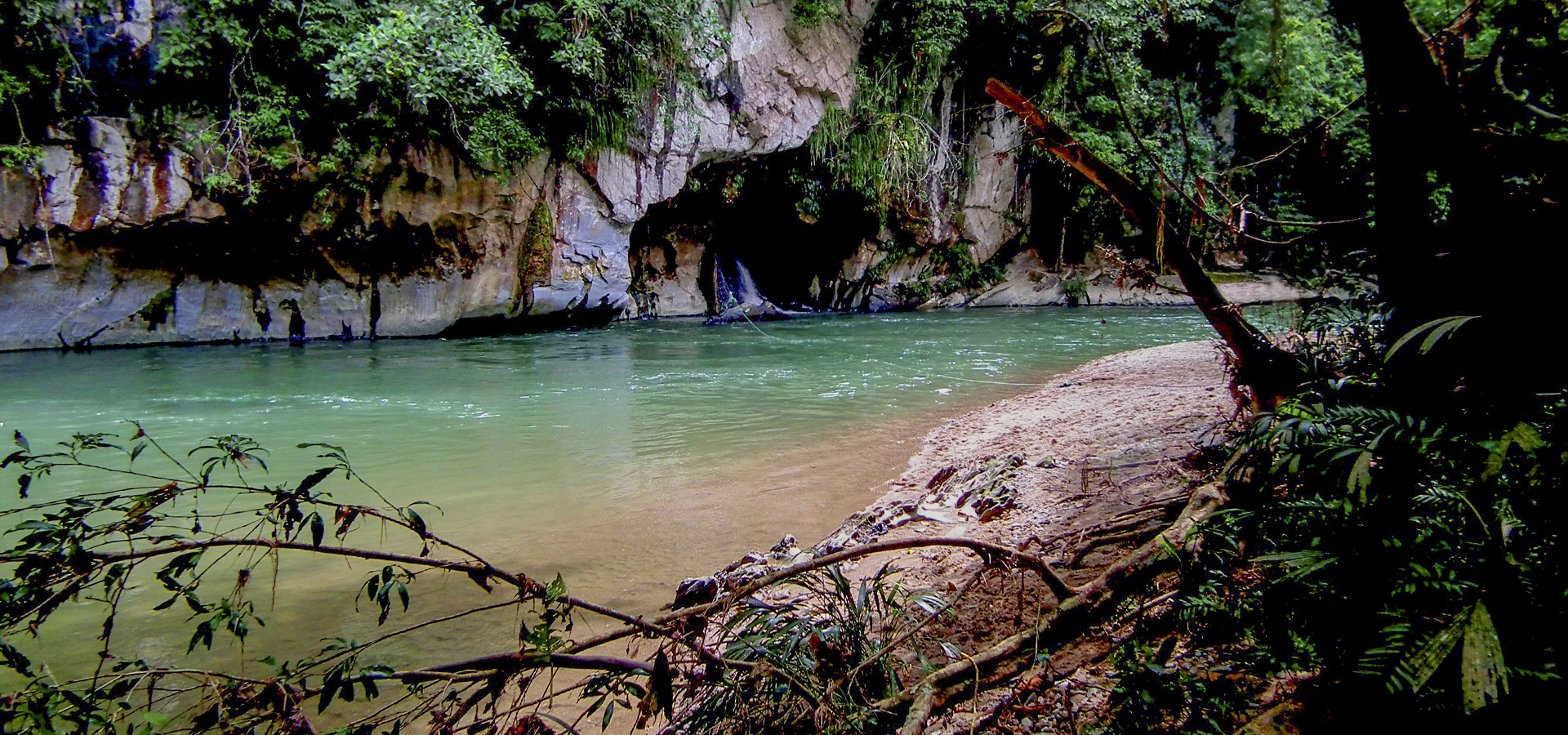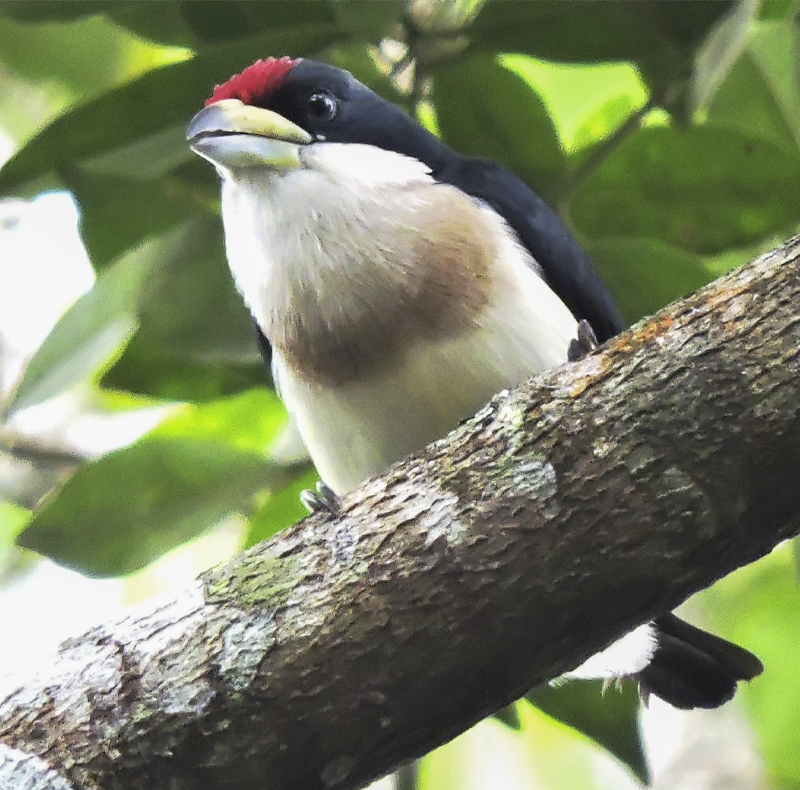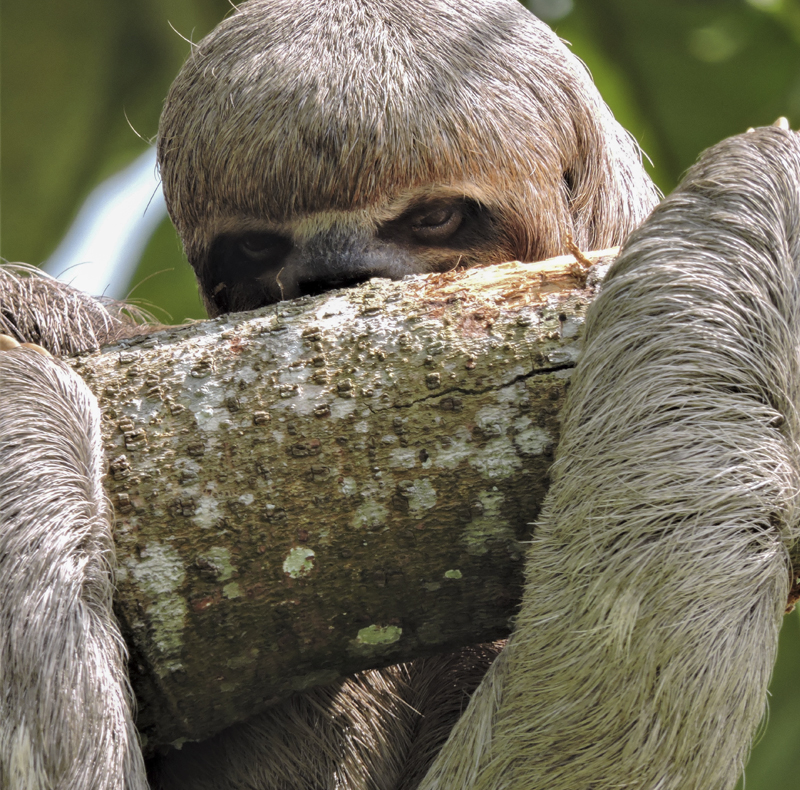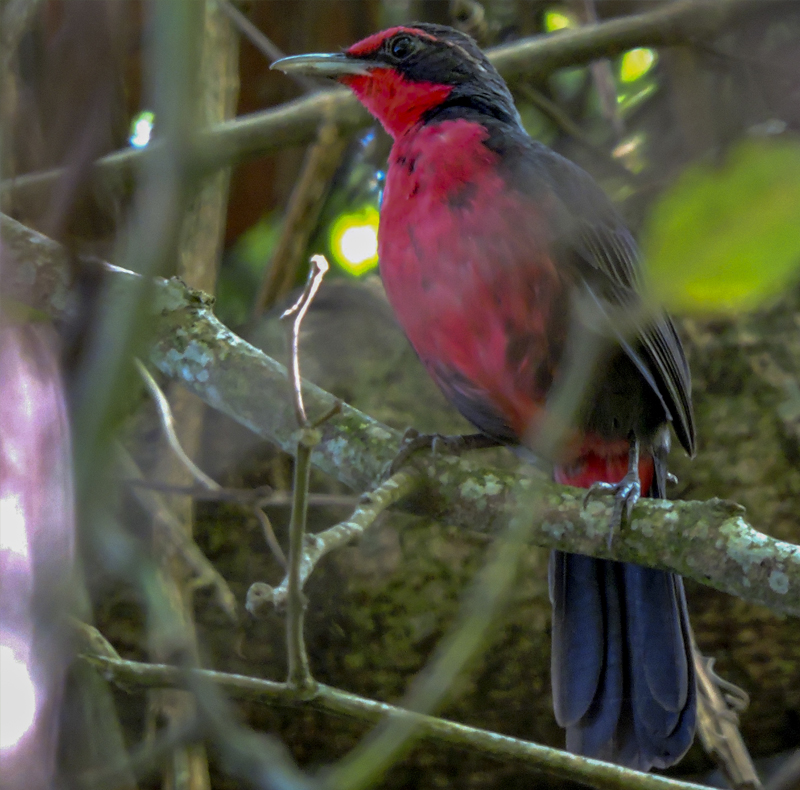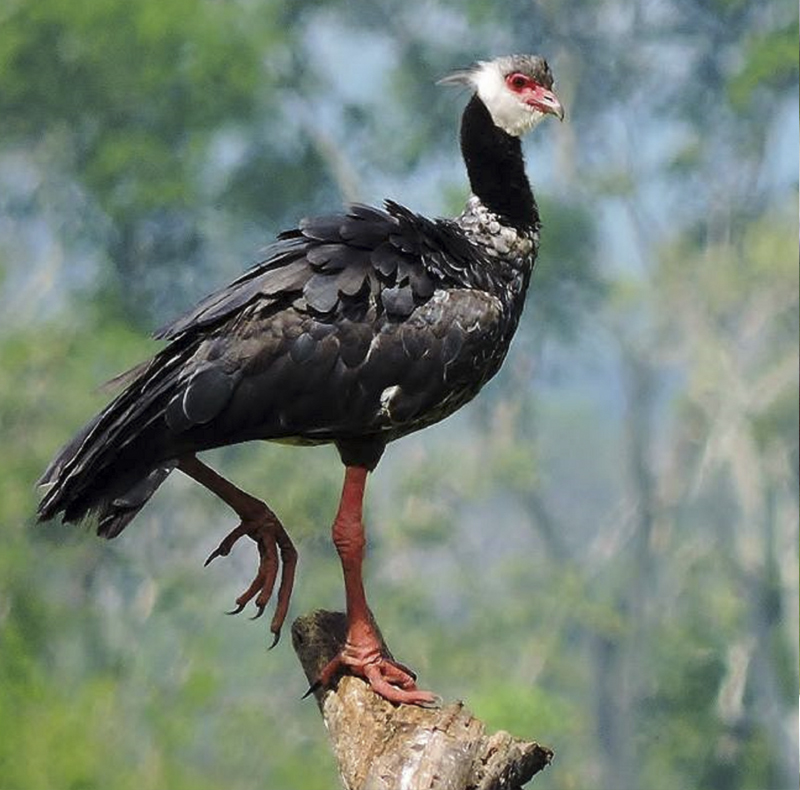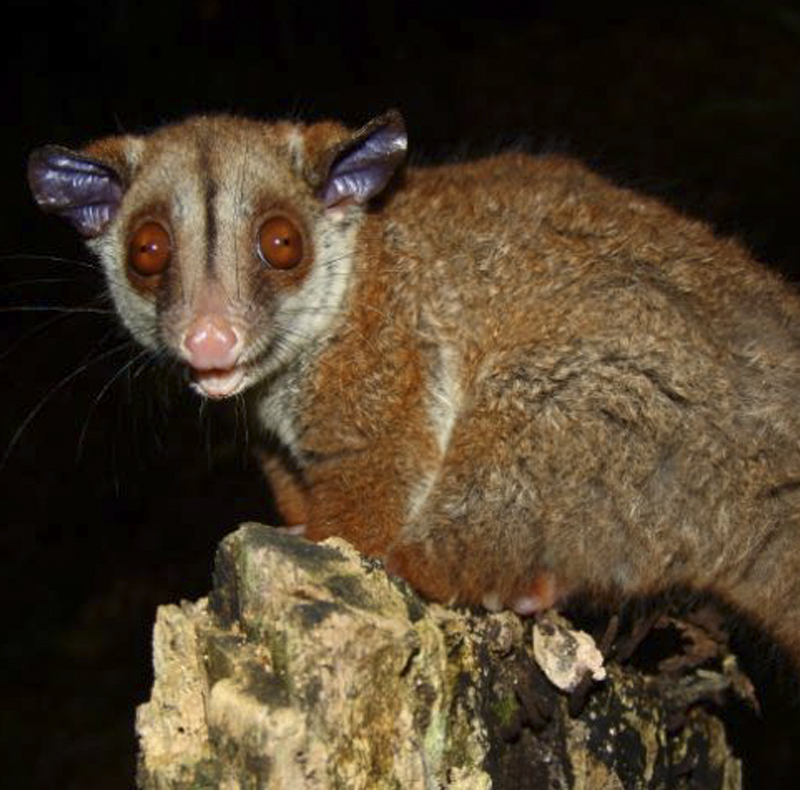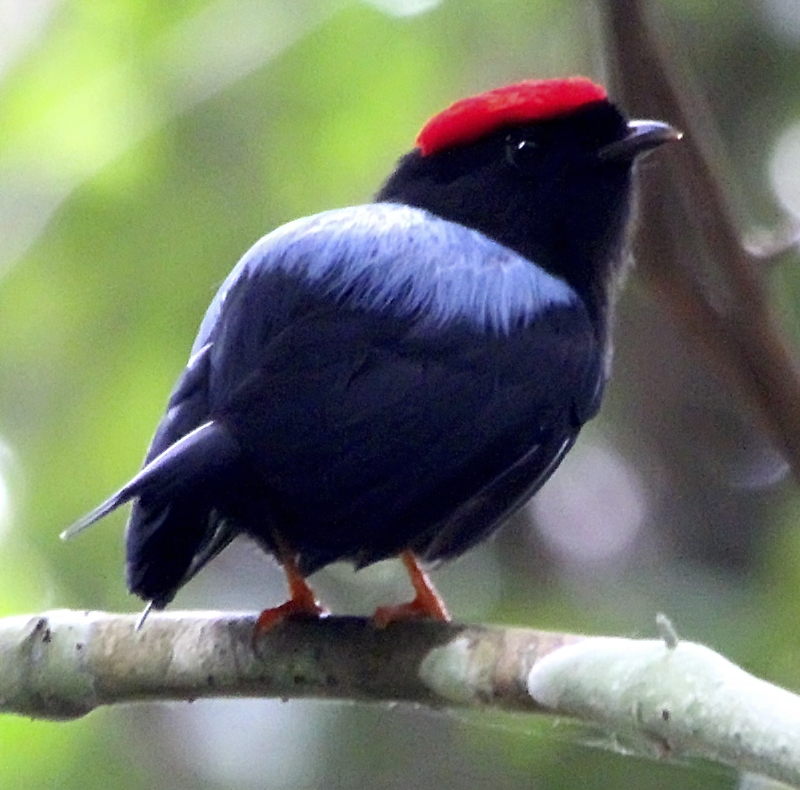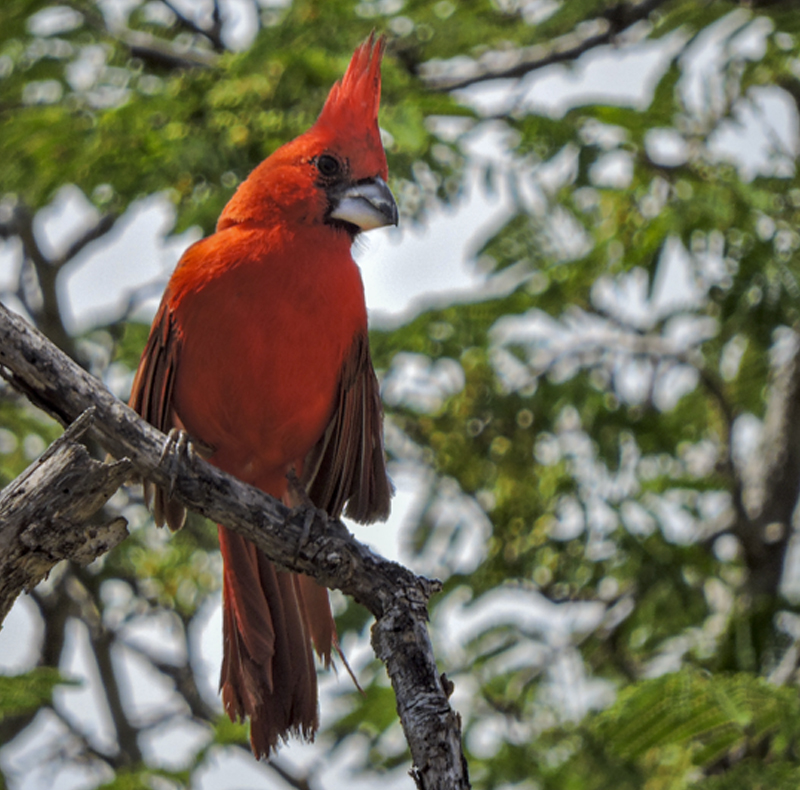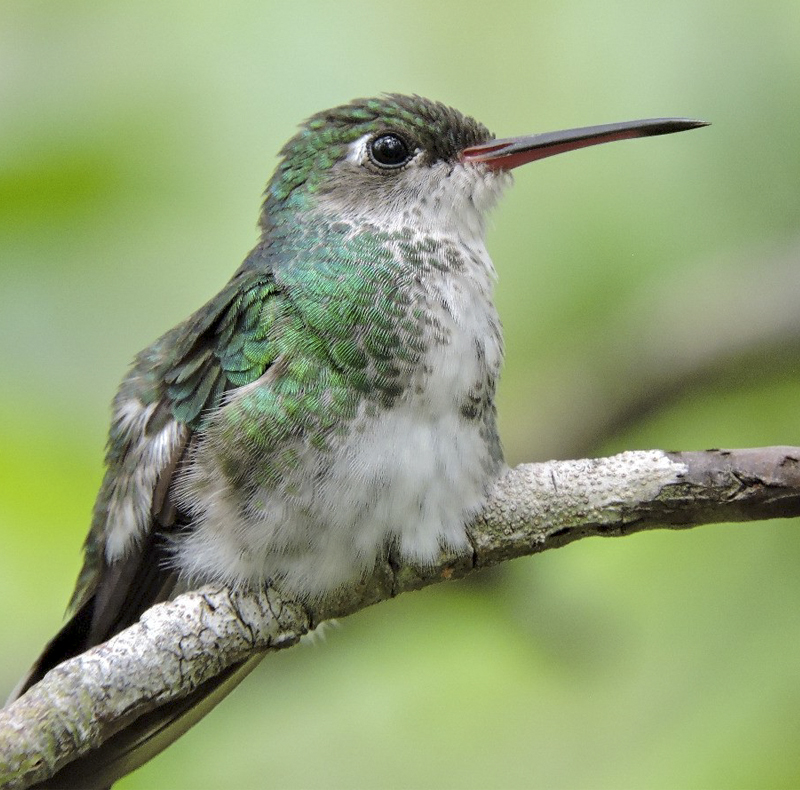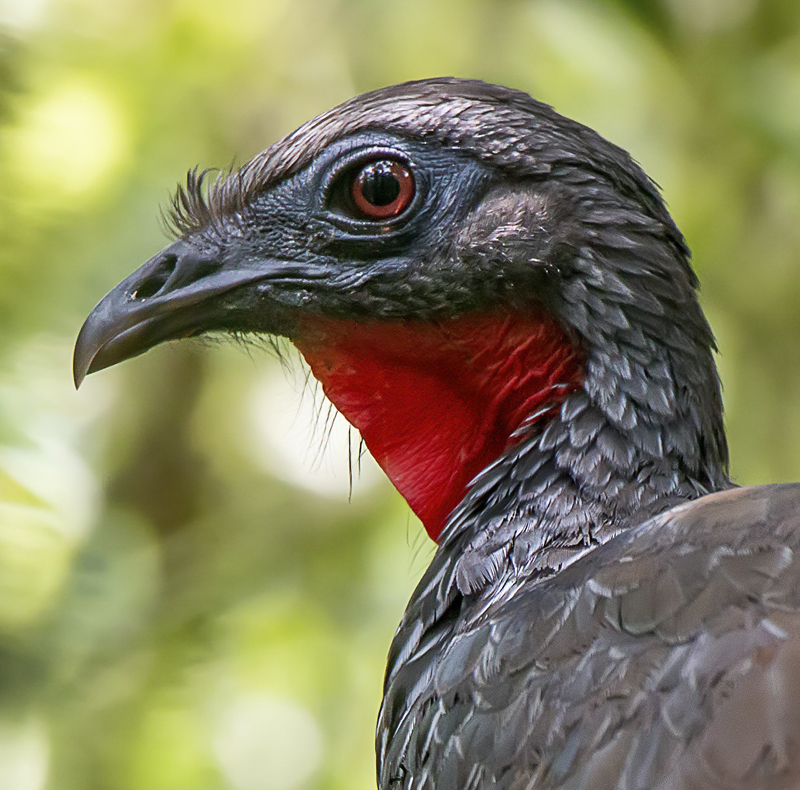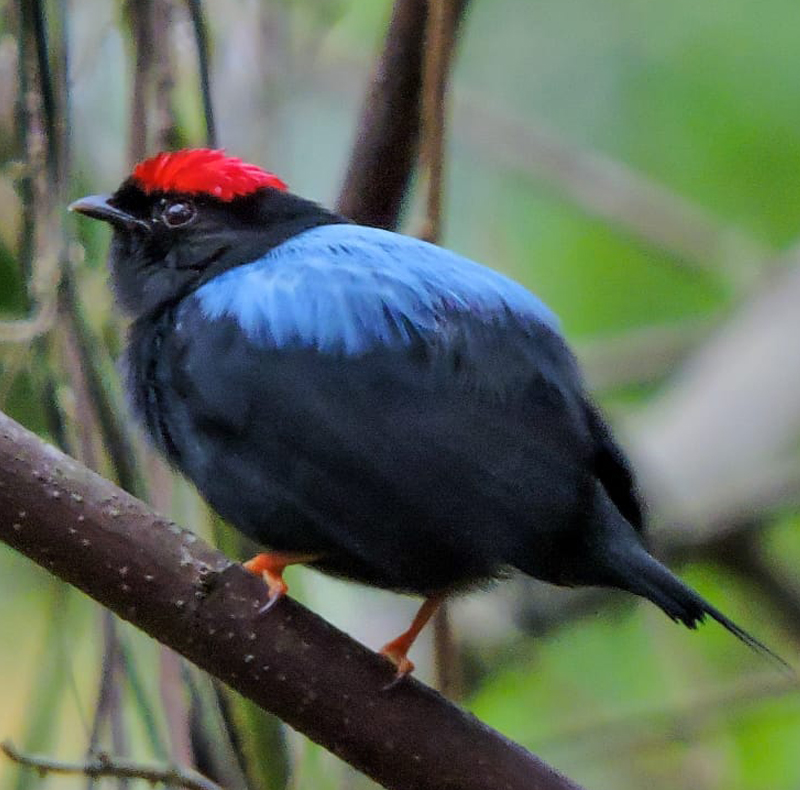About the Magdalena River Basin
The Magdalena Medio region corresponds to the Inter-Andean valley of the Magdalena River. It expands from the surrounding rapids of Honda city in the department of Tolima, to the mouth of the Magdalena River in the coastal plains of the Caribbean Sea.
This is a region rich in natural resources such as forests, water, flora, fauna, gold, and oil. The experts considered it as the vital northern center of the country, an important fuel base, the axis of the highways that link the Andean cities, as well as the passage to the Caribbean, Venezuela, and the southern valleys. Its location is strategic for regional development and interdepartmental communication, since the Magdalena River and the Magdalena Trunk cross it.
The Magdalena Medio region includes extensive territories in the departments of Antioquia, Bolívar, Boyacá, Caldas, Cesar, Cundinamarca, Santander and Tolima. Its main urban center is the city of Barrancabermeja in the Department of Santander. There are many other municipalities that belongs to the Magdalena Medio and they are located in the Departments of Antioquia (Caracolí, Maceo, Puerto Berrío, Puerto Nare, Puerto Triunfo and Yondó), Bolívar (Arenal, Cantagallo, Morales, Norosí, Regidor, Río Viejo, San Pablo, Santa Rosa del Sur and Simití), Boyacá (Puerto Boyacá), Caldas (La Dorada), Cesar (Aguachica, Gamarra, La Gloria, San Alberto and San Martín), Cundinamarca (Puerto Salgar), Santander (Betulia, Bolívar, Cimitarra, El Carmen de Chucurí, El Peñón, Landázuri, Puerto Parra, Puerto Wilches, Rionegro, Sabana de Torres, San Vicente de Chucurí and Simacota), and finally Honda city in Tolima.
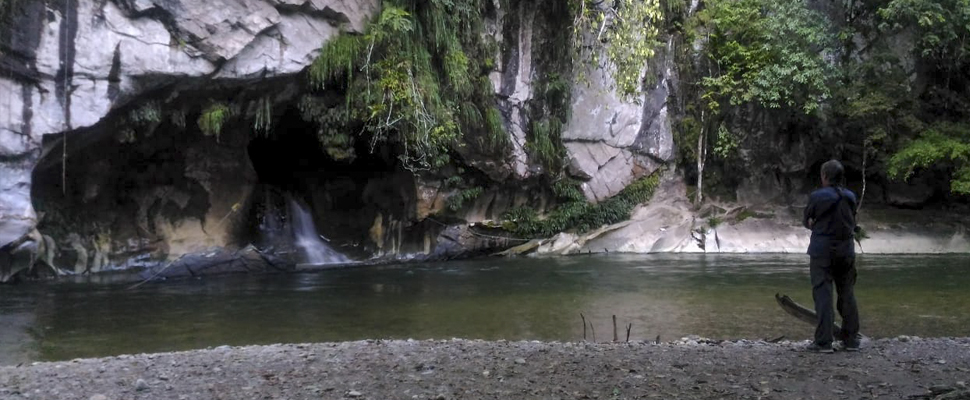
Economic Activities of the Magdalena Region
Livestock stands out as the main agricultural activity in the region, precisely important livestock farms, mainly zebu breeds, settle in this beautiful region. Similarly, the main buffalo farms in the country are in the Magdalena Medio region. Agriculture is the second productive activity in the peasant economy. Maize, cocoa, cassava, banana, rice, sorghum, fodder for livestock, and African palm are also produced in this area.
Due to the strategic location of the region, tourism is significant as travelers from the main cities of the country converge there. This is the reason why, along with the countless existing productive farms, there are beautiful tourist farms where it is possible to enjoy the climate, biodiversity, and gastronomy.
Thanks to the important agricultural development, the region has agricultural research centers, livestock auctions, faculties of veterinary, medicine, and zootechny as well as meat processing plants, animal farms, and African Palm Oil processing plants. Additionally, the oil activity plays a predominant role in the region (the main refinery in Colombia is located in Barrancabermeja City), which makes the value of the land stable and with a tendency to grow thanks to the appearance of new wells tankers. Finally, it should be noted that the main military base of the region is located in the municipality of Puerto Salgar, Cundinamarca.
About the Basin of the Cauca River Valley
Valle del Cauca is one out of the 32 departments in the Republic of Colombia that, together with Bogotá, the Capital District, make up the Republic of Colombia. Its capital is Santiago de Cali and the Island of Malpelo is under its jurisdiction The department is located in the Andean and Pacific regions, bordering Chocó and Risaralda to the north, Quindío and Tolima to the east, Cauca to the south, and Chocó and the Pacific Ocean to the west. The Valle del Cauca covers a territory that goes from the Pacific coast and continues eastwards, passing the Western Cordillera, the Cauca River valley to the Central Cordillera, where it reaches the limits of the Tolima department.
With 4,600,000 inhabitants by 2015, was the second most populated department after Antioquia with 208 inhabitants / km², is the fifth most densely populated city after San Andrés y Providencia, Atlántico, Quindío and Risaralda. Valle del Cauca was established after the union of the departments of Cali and Buga, which raised their request for establishment before Congress under decree No. 340 of April 16, 1910, during the presidency of Ramón González Valencia. Cali was established as the capital and Pablo Borrero Ayerbe was appointed as the first governor.
On the Climatic Conditions of this Region
The temperature is mostly warm and constant throughout the year (23 -24°C), which corresponds to the warm thermal floor. The relative humidity fluctuates in the range of 65% -75%. It is an inter-tropical region with two rainy and two dry seasons a year. The dry seasons are from December to February and between June and September. The rainy seasons occurs from March to May and from October to November. The annual precipitation vary according to the zone and they are 1,589 mm in the north (133 rainy days), 1,882 mm in the south (109 rainy days) and 938 mm in the center (100 rainy days).



